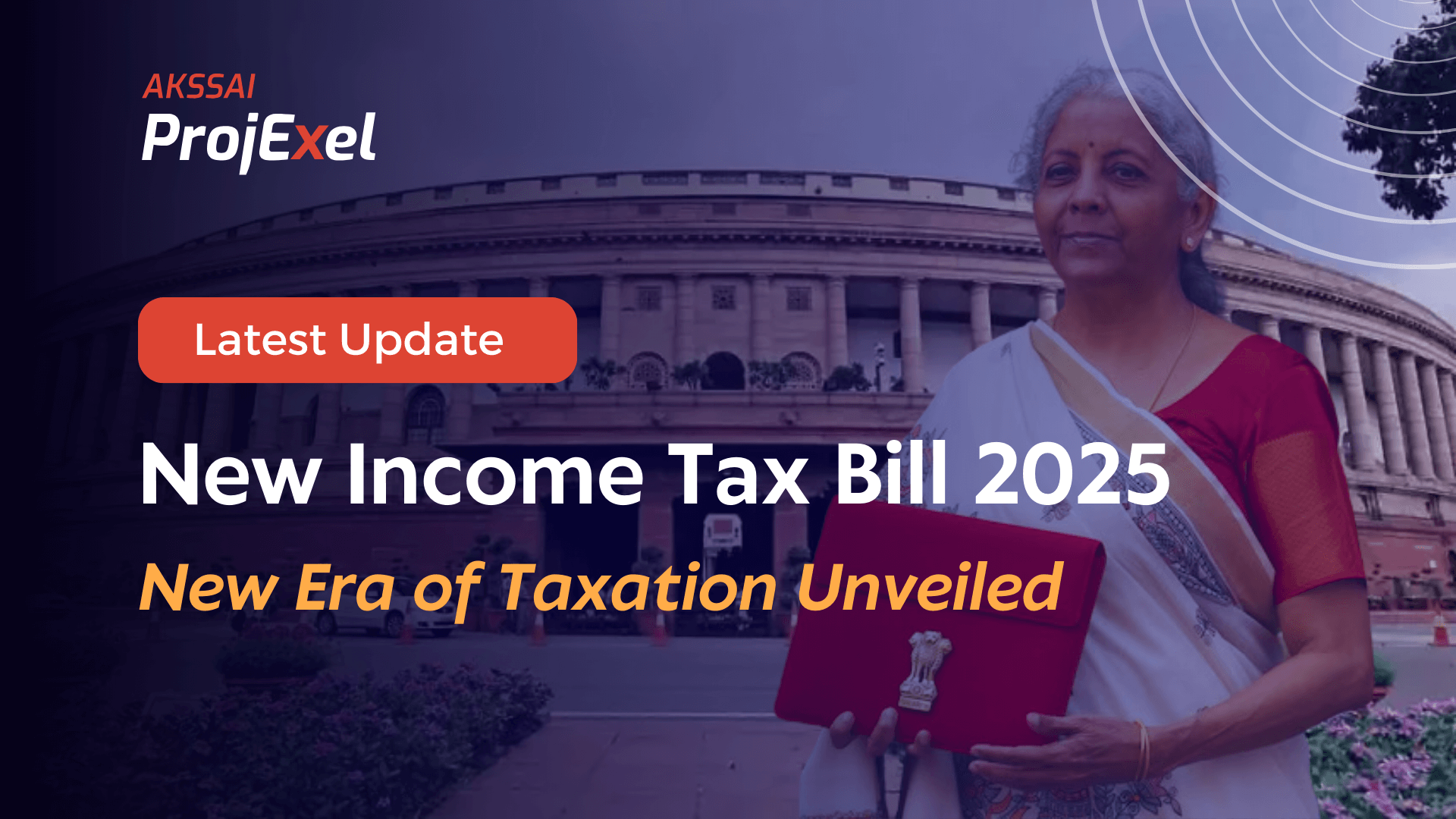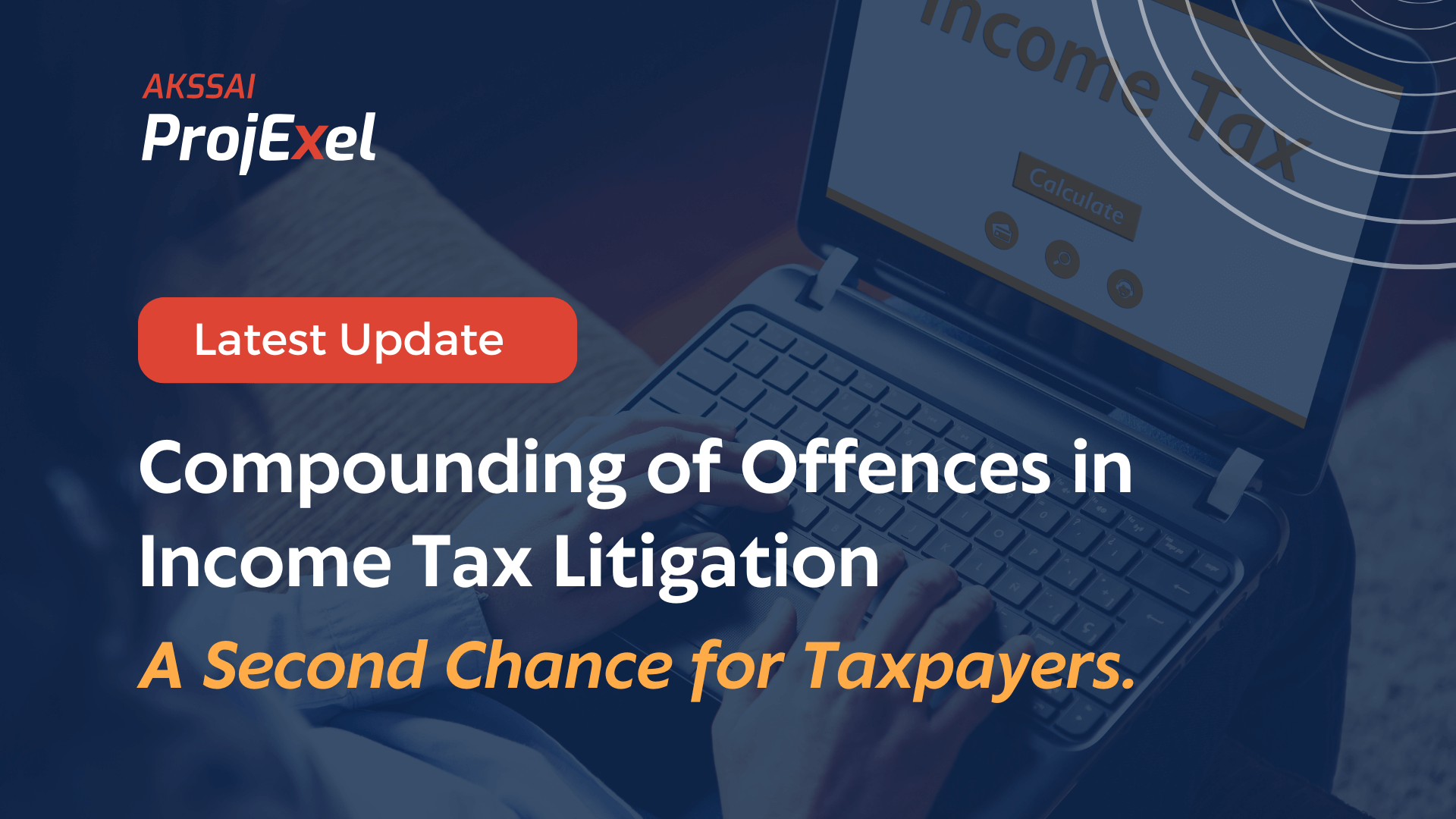The act of filing the income tax return is an official notification to the IT department of all of the sources of income and the tax that has been paid on that revenue.
Because tax is taken from the majority of payments, recipients of such income as salaries and interest on bank accounts believe they are not needed to file a tax return (ITR). The payment of taxes and the filing of an ITR are two separate and distinct legal requirements. The release of one does not indicate the release of another.
Benefits of Filing an ITR
If a person’s overall gross income surpasses the tax exemption level, they must file a tax return (ITR). If a person’s gross total income does not exceed the exemption ceiling, filing the ITR is not required. Even if a person’s income is tax-free, filing income tax returns may provide a number of benefits. Here are a few benefits.
Loan Approval Is Accessible
As proof of income statements, all major banks might request a copy of tax returns. This is a document that must be submitted in order for the loan to be approved. Filing income tax returns aids the process to get approval.
Obtain a Tax Refund
Even if your total taxable income is less than the basic deductible limit and you have no tax liability for the year, tax may have been deducted (TDS) from your earnings. The next step is to claim TDS refund and file the ITR.
Carry Your Losses Forward
If you file your return by the deadline, you will be able to carry forward losses to future years, which you can use to offset future income. This means that you can offset certain losses from the relevant income, lowering your future income tax bill. This isn’t feasible without submitting a tax return.
Stay Away From Penalties
If you failed to file your tax returns in accordance with the Income Tax Act, the tax officer has the authority to levy a penalty of up to Rs.5,000.
Which ITR to File?
ITR 1
You can use ITR 1 forms to file your income tax returns if you just have one house property and earn a salary, interest income, or rental income (total income up to Rs 50lks). This is the most prevalent type, however you can’t use it if you have capital gains or trading as a business income.
ITR 2
If you have a salary, interest income, income from a house property, or income from capital gains, you can utilise ITR 2 if you are an individual or a HUF who is not engaged in any company or profession. So, if you’re a person who exclusively invests in the stock market (and thus has capital gains), you’ll need to use ITR2.
ITR 3
ITR 3 can be used if you have a salary, interest income, rental income, capital gains income, or income from a business or profession.
You must utilise ITR 3 if you are an individual claiming trading as a company income. If you’re a trader and an investor, you can report trading as a business expense and investments as capital gains on the same ITR 3 form.
ITR 4
It is similar to ITR 3 but with a presumptive scheme if section 44AD and 44AE are utilised for business income computation. If any capital gains or losses must be carried forward, ITR 4 cannot be employed. So you can only use ITR 4 if you have business income (speculative and non-speculative), although it’s advisable to avoid it if you’re minimising your tax burden by doing so.
ITR 5
For Associations of Persons (AOPs), business trusts, Artificial Juridical Persons (AJPs), insolvent estates, investment funds, deceased estates, Body of Individuals (BOIs), Limited Liability Partnerships (LLPs), and enterprises, ITR-5 is needed.
ITR-6
This form must be selected by any companies that are not invoking Section 11 exclusions. It is filed electronically.
ITR-7
For individuals, including businesses, who are required to file returns under section 139(4A), section 139(4B), section 139(4C), section 139(4D), section 139(4E), or section 139(4F).
Conclusion
Over 6.63 crore tax returns were filed this year in March, for the assessment year 2021-22. The number of filings have been increasing gradually over the years, this stands as a testament of their significance.
Simpler ITR Forms 1 (Sahaj) and 4 (Sugam) are available for small and medium taxpayers. An individual with an income of up to Rs 50 lakh who earns income from a salary, one residential property, or other sources can submit a sahaj (interest etc). ITR-4 is to be filed by individuals, HUFs, and corporations with a total income of up to Rs 50 lakh and income from business and profession. People who earn money through a business or profession file Form ITR-3, while LLPs, businesses, and trusts file Forms ITR-5, 6, and 7.
The Income Tax Department has provided pre-filled Income Tax Return (ITR) forms for some taxpayers to make tax compliance easier. For filing returns, there are seven ITR forms available, four of which are now available in pre-filled XML format. The tax administration has asked taxpayers to double-check the pre-filled data and add any additional taxable income that is not pre-filled.









